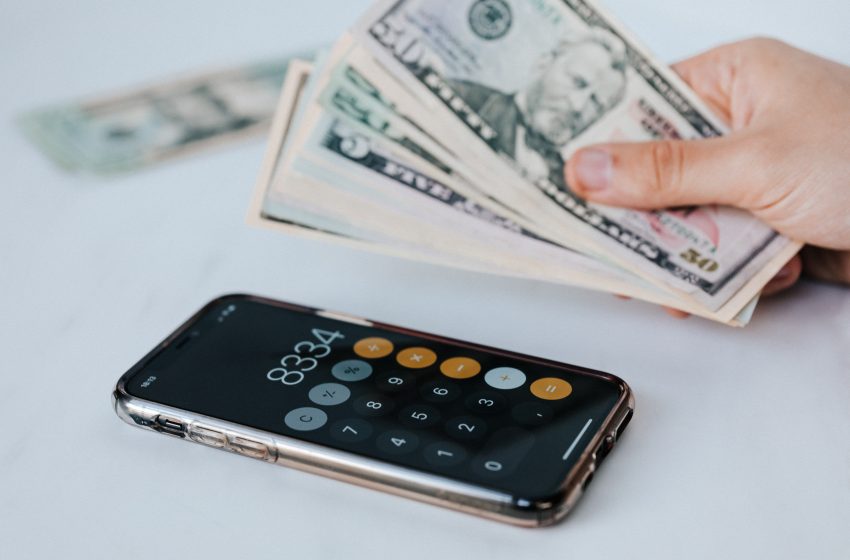China has revealed it has kickstarted its plan to cancel outstanding interest-free loans to indebted African countries and Rwanda has become one of the countries to benefit from this agreement, following the Apex lender’s recent forfeiture of an outstanding debt of $7.1 million.
According to a statement by Rwandan Minister for Finance and Economic Planning, Uzziel Ndagijimana, the move is part of China’s decision to cancel the outstanding interest-free loan following the agreement on economic and technical cooperation between the two countries.
While Rwanda is benefitting from China’s magnanimous gesture, countries like Nigeria, with much larger debts, might not be benefitting as much. While Nigeria’s debt of $3.9 billion to China is left to pile, China recently established a police station in Benin City, Nigeria.
The Asian country explains that the move is to combat the growing cases of fraud and telecommunication crimes by Chinese nationals living abroad, but many citizens argue the move can be leading up to likely infrastructure takeover by the Chinese government if Nigeria does not pay up the debt owed.
Visualizing Africa’s Debt To China
Since 2009, China rose to be Africa’s largest trading and lending partner, surpassing America and other countries. From small loans and partnerships to build railways and ports to outright loans to beef up the economy, Africa’s debt to China has now run into trillions of dollars.
According to researchers from China Africa Research Initiative, the apex creditor loaned Africa a total of $95.5 billion between 2000 and 2015.

There was a spike in lending by African leaders in 2016, leading up to a loan of around $30 billion and around $10 billion in 2017. In 2018 alone, the debt stood at $178 million, $255 million in 2019 and an average of $169 million in 2020, with the top recipients of the loans being Angola, Ethiopia, Zambia, Kenya, Egypt, Nigeria, Cameroon, South Africa, Republic of Congo, and Ghana.
Further analysis also found that most of these loans were spent addressing Africa’s infrastructure gap. Some 40% of the Chinese loans were paid for power projects, and another 30% went to modernizing transport infrastructure. The loans were at comparatively low-interest rates and with long repayment periods.
Africa indeed needs up-to-date infrastructure, but with the economic situation, it is unlikely that these debts can be paid back within the repayment periods. Could this spell an ulterior motive for China?

Probably China’s willingness to strike out some loan balances that were unlikely to be serviced in full while still steadily churning out funds for infrastructural development in Africa might be a low-cost political move for China to continue to dominate the trade and lending market in Africa, and further worsen Africa’s growing indebtedness, or it might be a genuine sign of goodwill.

